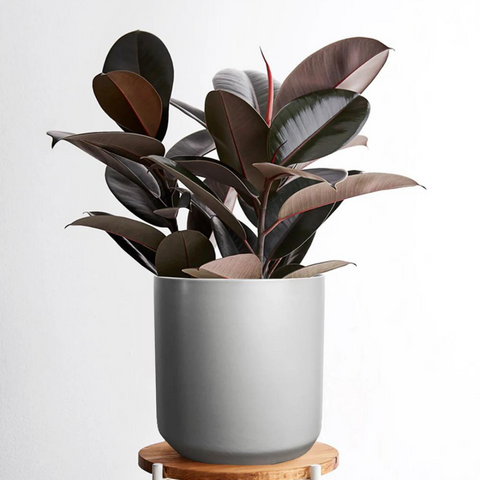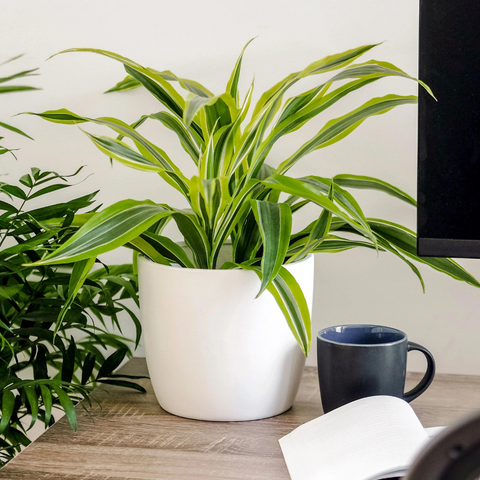The Rubber Tree, with its glossy, dark green leaves and impressive height, is a popular choice for indoor plant enthusiasts. Not only does it add a touch of nature to your living space, but it also helps purify the air, making your home healthier and more inviting.
Caring for a Rubber Tree is relatively easy, but it does require some attention to specific needs. In this guide, we’ll cover everything you need to know to keep your Rubber Tree thriving, from placement and light requirements to watering and repotting tips. Let's dive in!
Placement
Place your Rubber Tree in a room that gets a medium amount of natural light or near a window with a sheer curtain for filtered sunlight. Rotate the plant occasionally to encourage even growth.
Light Requirements
The Rubber Tree will grow well in medium, indirect light. Direct, bright sunlight should be avoided.
Watering Needs
Water when the top part of the soil has dried out. Water evenly so that the soil is damp, not soggy. When watering, water the plant moderately and slowly from above, allowing water to soak through to the roots, then tip out any excess water. Mist or wipe down the leaves with a damp cloth to promote shiny foliage. Reduce watering during the cold season.
Temperature Preferences
The Rubber Tree does well at room temperature between 60°F - 77°F. Cold temperatures should be avoided.
Humidity Tolerance
This plant does well at normal humidity levels (about 40% - 60%). If the air around the plant is too dry, use a humidifier or occasionally mist the plant to increase humidity.
Repotting Needs
The plant can live happily in the provided pot for up to two years. Check if the plant is ready to be repotted by touching the soil and seeing if it has become loose, or if the roots have become overgrown. Repot using a rich, well-draining soil. When your plant is ready to be repotted, you can follow our simple how-to guide.
Unhealthy Plant Signs
Falling leaves and yellowing leaves may be a sign of overwatering. Cut off any damaged leaves to encourage new growth. If the leaves become dull, the plant needs more sunlight.
Toxicity
The sap of this plant may cause irritation to the skin. If ingested, it may cause a harmful reaction in pets.





Comments (0)
There are no comments for this article. Be the first one to leave a message!